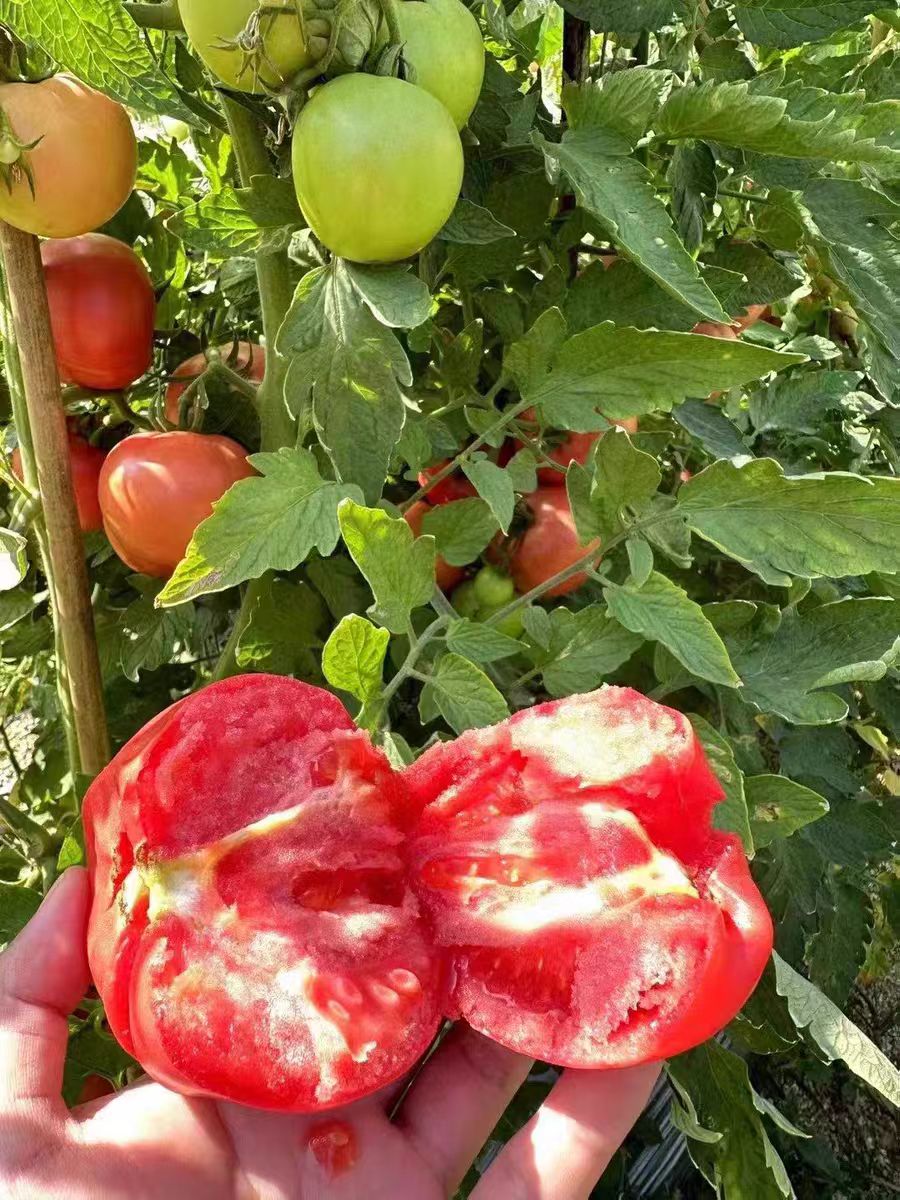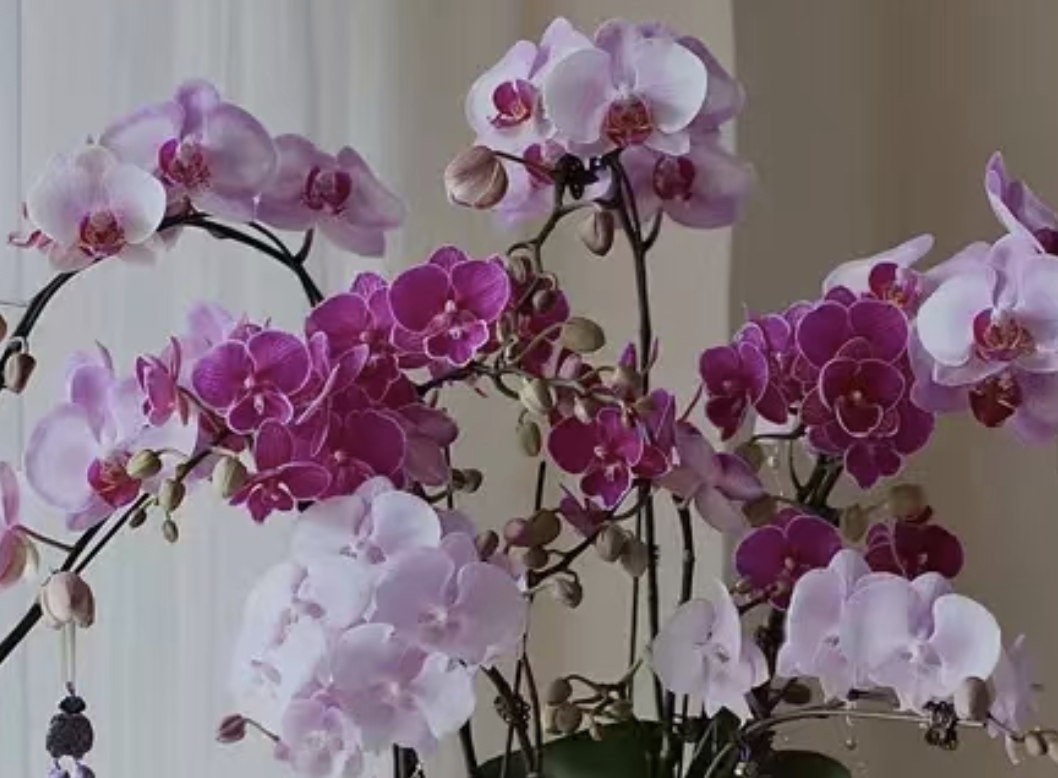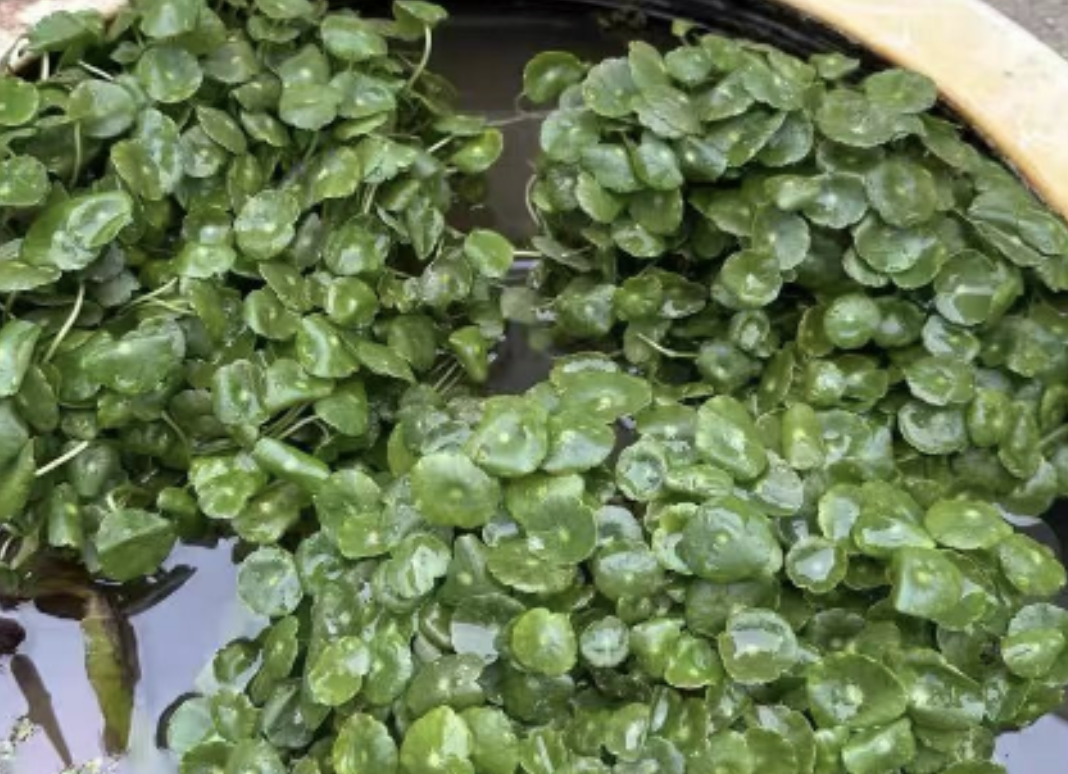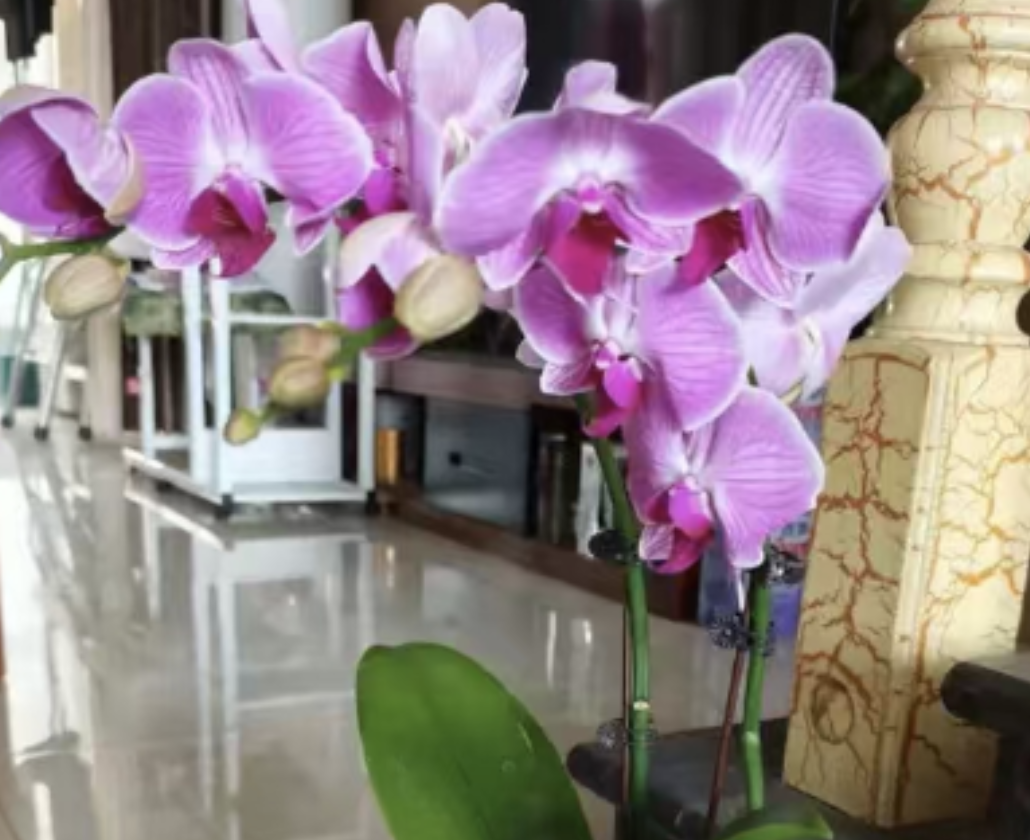When many people grow tomato seedlings, they will find that the seedlings suddenly wilt, and the leaves are soft and listless, which makes them very anxious. In fact, there are many reasons for the wilting of tomato seedlings. We need to figure out what the problem is first, so as to solve it symptom - by - symptom.
If the tomato seedlings wilt a few days after being transplanted into the field, it is likely that the roots were damaged during transplantation. During the process of seedling lifting and planting, the roots will inevitably be damaged or broken, and their ability to absorb water and nutrients will temporarily deteriorate. However, the leaves are still constantly "losing" water through transpiration. As a result, the water "input" is less than the "output", and the seedlings will wilt due to water shortage. This situation generally occurs within a few days after planting. The whole leaves are soft and drooping, but the stem is not completely limp and is still a little stiff. Don't panic at this time. Provide some shade for the seedlings, for example, use a shade net or old newspapers to block the strong light to reduce water evaporation. Then spray some water on the leaves in the morning and evening every day to keep the air moist, but do not let the roots accumulate water. After a few days, new roots will grow slowly, and the seedlings will recover.
Improper watering is also a common cause of tomato seedling wilting. If watering is not carried out in time after planting, or the soil itself cannot retain water, the roots cannot absorb enough water, and the leaves will start to dry from the edges and gradually spread to the middle. The whole plant's leaves will droop, and they feel dry and hard to the touch. At this time, water should be replenished immediately. However, do not flood - irrigate. Instead, water slowly with a small amount of water, allowing the water to seep into the soil slowly. Or use drip - irrigation or sprinkler - irrigation methods. After watering, loosen the soil to make the soil more breathable and facilitate root growth.
On the contrary, if too much water is applied, and the soil is soaked in water for a long time, the roots will be "suffocated" and rot due to lack of oxygen. At this time, although the leaves wilt, they are yellowish in color. When the plant is pulled up, the roots can be seen to turn brown and emit a pungent smell. Once this situation is encountered, stop watering immediately and loosen the soil quickly to let the excess water evaporate. If the roots have rotted, dig out the seedlings, rinse the roots with clean water, cut off the rotten parts, soak them in a bactericidal solution (such as carbendazim solution), and after drying, replant them in loose and breathable soil.
Sudden deterioration of environmental conditions can also make tomato seedlings "unbearable". For example, if the temperature drops suddenly after planting, the low temperature will make the roots "lazy" and reduce their water - absorbing ability. Or, when the high - temperature and strong - light shine directly at noon on a sunny day, the seedlings will evaporate water too quickly and cannot be replenished in time, resulting in physiological wilting. Inappropriate light is also a problem. Seedlings that have been growing in a dark place for a long time are easily burned and wilted when suddenly moved to the sun for exposure. Conversely, if there is insufficient light, the seedlings will grow spindly, with a thin and weak stem and poorly developed roots, and are also prone to wilting. In addition, if the planting environment is not ventilated and the air is humid and hot, it will not only hinder the plant's transpiration, but also easily breed pathogens, leading to leaf wilting.
Therefore, after planting, pay attention to temperature control. Keep it warm during the day (about 20 - 25℃), and do not let it be too cold at night (about 12 - 15℃). Cover with plastic film and set up small arched sheds for heat preservation when it is cold, and ventilate and shade for cooling when it is hot. In terms of light, let the seedlings receive 6 - 8 hours of scattered light every day, and properly shade them at noon when the sun is too strong. Also, often open windows and doors for ventilation to reduce humidity, make the air flow, and reduce the risk of diseases.
If there is a problem with the soil, the roots of tomato seedlings will not grow well, and they will naturally be prone to wilting. For example, if the soil is sticky or not plowed for a long time, it will become compacted and hard, and the roots cannot breathe in it, and their absorption function will be affected. In addition, soil salinization or acidification will also cause problems. Saline - alkali soil will make the root cells "water - deficient", and acidic soil will prevent the roots from absorbing enough minerals, both of which will lead to poor plant growth and wilting.
To solve these problems, loosen the soil more often, and add decomposed organic fertilizers, leaf mold or perlite to the soil to improve the soil structure. If the soil is salinized, apply some sulfur powder or gypsum; if it is acidified, sprinkle some quick - lime or plant ash, and at the same time, apply more organic fertilizers to make the soil more "fertile" and more suitable for root growth.
In short, although there are many reasons for the wilting of tomato seedlings, as long as we observe more usually, check in time when we find something wrong, and combine specific situations to water, adjust the environment and improve the soil, most seedlings can stand up again and grow healthily. Accumulating more experience during the planting process can make tomato seedlings less prone to diseases, bear more fruits, and bring a rich harvest.
Why do tomato seedlings suddenly wilt? What are the reasons?

Share with
Tagged in :




Leave a Reply